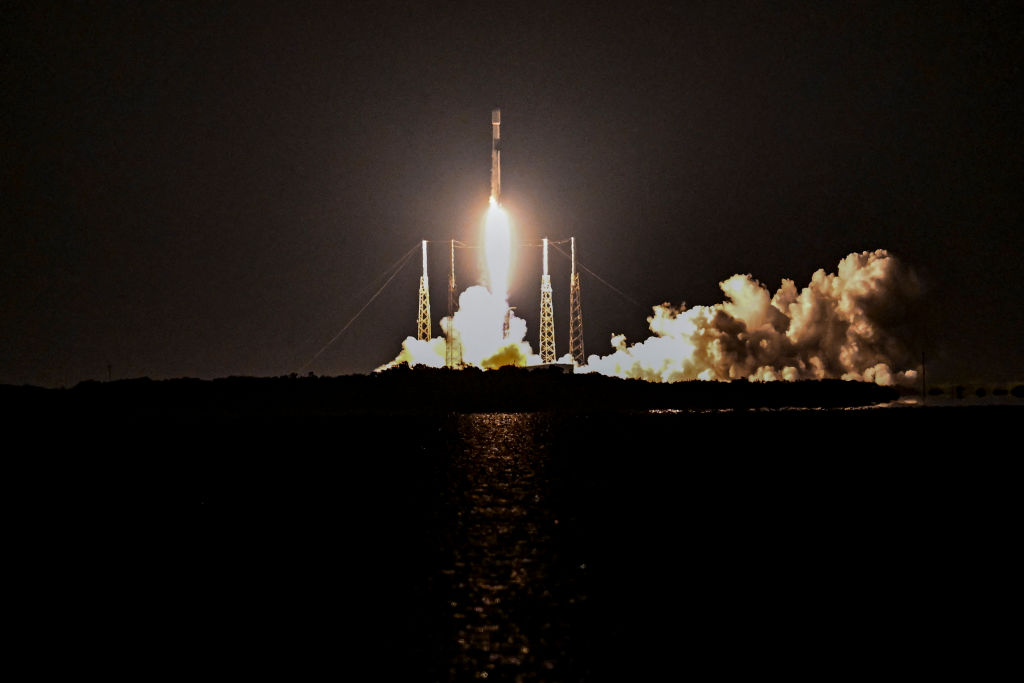The “survive to ‘25” mantra defined many businesses and consumers mood over the last year, unless you were the major technology firms enjoying the AI revolution.
But things did start to shift in the latter part of the year. Our local market turned upwards as soon as RBNZ turned dovish mid-year and cut rates, ending close to 10 per cent up for the year.
This has had an impact on the country’s mood, with ANZ business confidence readings showing a rise for several months with a strong lift in activity expectations.
Human emotion can have a powerful impact on the market – so significant, in fact, that John Maynard Keynes, the founding father of macroeconomics, famously described it as ‘animal spirits’ to account for herd mentality. When people start to feel better about conditions, this spreads to others and it ultimately has an effect on how willing consumers are to spend.
Since the US election, small business optimism is starting to show signs of animal spirits with the NIB small business index having its largest monthly increase in its 50-year history.
Green shoots in the wider business community emerged since June with interest rate curves falling as central bankers started the unwind with inflation retreating across the world. Globally, we have seen over 180 cuts to interest rates in 2024 from central banks versus 367 hikes just a few years ago.
The steady drop in interest rates and cooling inflation have certainly helped to improve business confidence and all the numbers are pointing in the right direction, but 2025 won’t be as predictable as some would have you believe.
With Donald Trump set to commence his second US Presidential term in January and geopolitical conflicts continuing to escalate, the likelihood remains for unexpected market shifts as Trump’s unique negotiating tactics on tariffs push on.
It wouldn’t be a summer break if I didn’t have at least one barbecue conversation veer toward work, with a friend or acquaintance asking for my predictions on which investments could be worth a look in the coming year. So in a bid to pre-empt those discussions, here’s a rundown of a few things I’ll be keeping my eye on in the coming months.
Bitcoin corporate adoption
We’ve seen ongoing debate about whether bitcoin was the new gold, but 2024 already offered a strong hint that this discussion was misplaced.
Over the last 12 months, we’ve seen both gold and bitcoin have strong years – for very different reasons.
Gold remained a safe bet in the current market conditions of high inflation and central bank demand.
Donald Trump has declared himself the “crypto president” and has pledged to make the United States the crypto capital of the planet. Bitcoin has a long way to go to meet the market cap of gold which sits near 20 trillion USD vs Bitcoin crossing 2 trillion in December.
The big story for crypto will be when big corporate balance sheets start adding allocations and this will see a herd mentality follow once a major firm does (animal spirts also apply to large corporates). Microsoft recently rejected the proposal, and Amazon has also asked its shareholders the question. For companies with many billions in cash like Apple it seems evitability they allocate a few percent in 2025.
If the US government makes a move to add as a strategic reserve just as it does with gold, which seems a high chance sooner than later with a pro-crypto government. If this happens some of the price predictions well north of current levels could become reality.
Can Nike get its swoosh back?
Nike (NKE:US) is currently down more than 50 per cent since its November 2021 peak. However, in 2025, its fortunes could reverse as value investors speculate on opportunities in stocks like Nike, with consumer discretionary stocks benefiting as the global economy recovers from high interest rates and inflation. Among those already betting on this outcome is Bill Ackman, who boosted his stake in Nike by 440 per cent to $1.4 billion during the third quarter of 2024.
Internally, a key driver of Nike’s potential rebound is the return of beloved company veteran Elliot Hill as CEO. With over 30 years at the company, starting as an intern, Hill’s dedication and leadership are steering Nike back to its roots while paving the way for its next chapter. External dynamics, including a new president, lower interest rates, stimulus, and easing inflation, create a favourable environment for growth.
Key risks to Nike’s comeback include growing competition from brands like Hoka and weakening demand in China. With $50 billion in revenue, it’s the top player in athletic apparel, but is it still cool? More importantly, will consumers pay for premium gear if times get tougher?
Streaming from the skies
It’s possible that 2025 will become the year we see online video streaming become available at 32,000 feet. Until now, online connectivity on planes has been limited to basic browsing or messaging, but the more widespread application of satellite applications could change that.
Companies like Starlink have been gaining traction with several major airlines announcing they will install the technology. The days of spotty internet in the air could soon be behind us.
This will help to boost adoption of the technology, while also providing a powerful showcase of what it can do. No doubt that the likes of Musk will already be in talks with airlines around the world to bring this to life.

